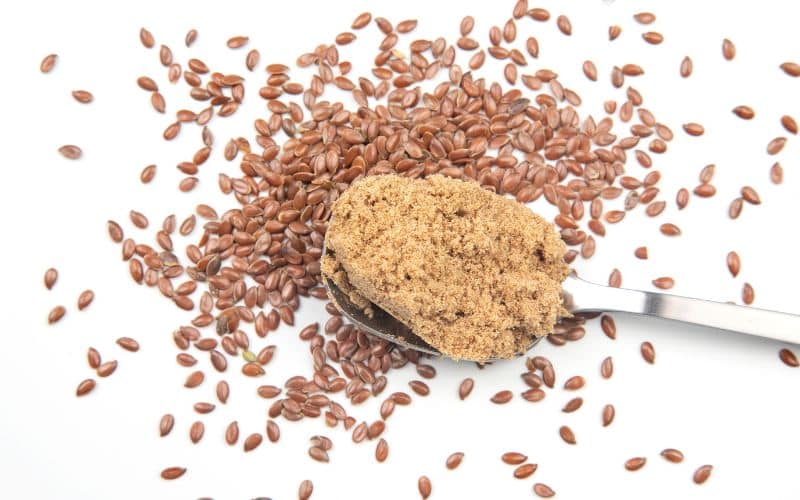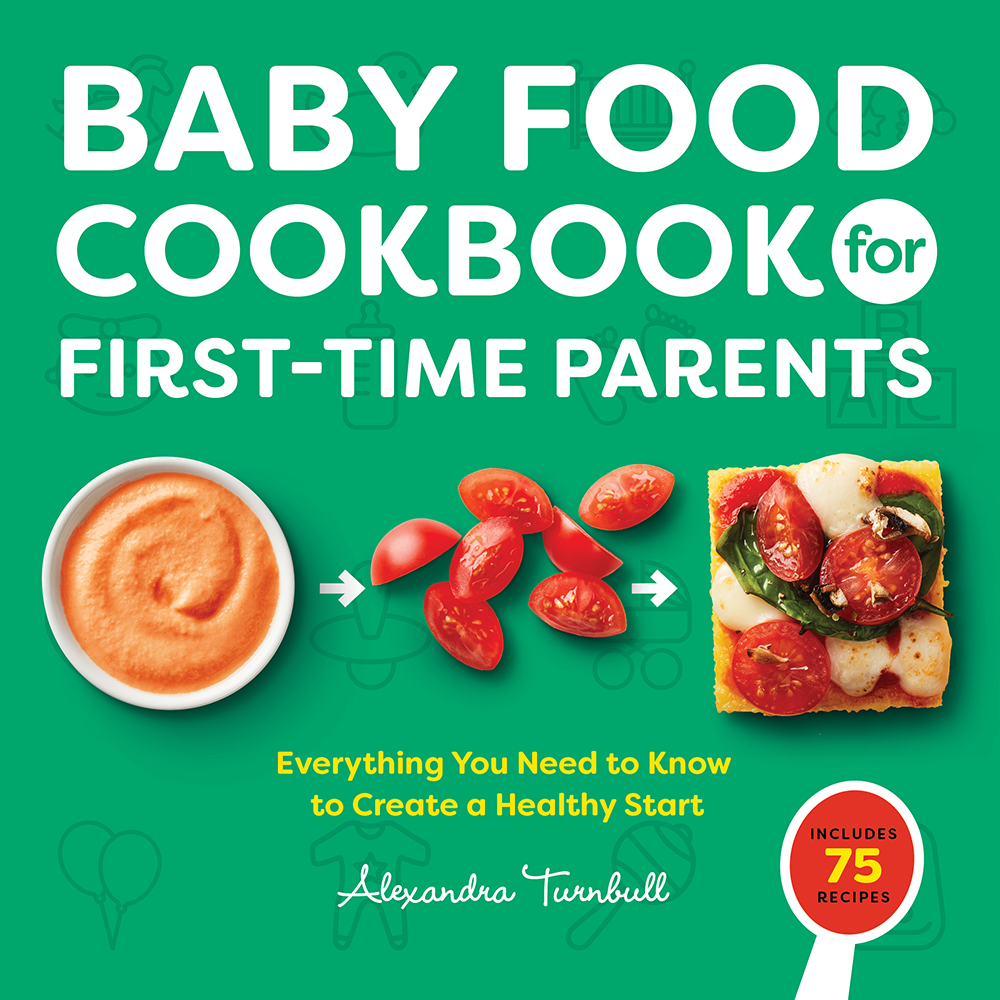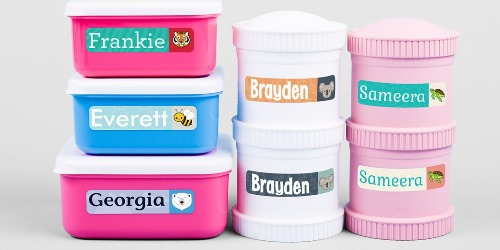This post may contain affiliate links. Read our disclosure here.
Feeding kids can feel like a stressful full-time job, especially when you have picky eaters. Not only are you feeling overwhelmed about what to make for dinner, but you’re also worried that they’re not getting the nutrients they need to stay healthy.
That’s why finding simple, small adjustments can feel like a huge win. If you could use a win, I recommend leaning on flaxseed – a tiny seed that easily offers a boost of nutrition with just a little sprinkle.
Whether you’re trying to ease constipation, support their brain development, or just looking for a little calorie boost, flaxseed is worth considering with all it has to offer.
I’ll share information on what flaxseed is, what kind to use, why it’s great for kids, and simple and healthy ways to use flaxseed for kids.
Table of Contents
What is Flaxseed
Flaxseed is a tiny, flat seed that comes from the flax plant. You can typically find it in the baking aisle or bulk section at natural food stores and is sold in ground or whole form.
Ground or Whole Flaxseed – Which is Better?

When it comes to flaxseed for kids, it’s best to use ground flaxseed. It’s easier to digest because it’s already been broken down slightly, helping unlock the nutrients the tiny seed has to offer.
In a way, offering whole flaxseed is a waste of your time and money since your child likely won’t be able to break down the hard outer shell to be digested. It’ll just go right through them – if you know what I mean.
If you realize that you bought whole flaxseed, you can add it to a blender or coffee bean grinder to turn it into ground, at least a little ground.
I love and have used Tiny Sprouts Milled Flaxseed with added vitamin D and probiotics for several years. They also have a Digestive Booster that’s great for adding to French toast batter.
How to Store Flaxseed
Because flaxseed contains valuable omega-3 fats, which are great for brain development, these fats can also go rancid when exposed to heat, light, or air over time.
To keep your flaxseed fresher longer, store it in the fridge or freezer in an airtight bag or container.
You can keep an eye on the expiration date, otherwise, if you take a quick sniff and it has a sour or fishy smell instead of a nutty smell, then it’s probably best to toss it.
Flaxseed for kids – Why It’s a Great Option
If you’re looking for an easy way to add more nutrition to the foods your kids are already eating, flaxseed is a great option.
Providing a variety of beneficial nutrients, such as fiber and omega-3s, plus even small amounts of protein, iron, and antioxidants, a little goes a long way.
While I don’t love “sneaking” foods or ingredients into my kids foods, sometimes adding it without them noticing isn’t the end of the world.
However, if you have a skeptical eater to begin with, I’d recommend getting them involved by helping to add it themselves. This way if they choose not to eat the finished product, at least they interacted with the flaxseed – yes, this is progress.
Fiber
Most kids, and adults for that matter, do not get enough fiber, which can lead to constipation and more frequent snack requests, as fiber helps keep you fuller for longer. Adding ground flaxseed here and there can help bridge the fiber gap, keep things regular, and the snack requests at bay.
Omega-3s
Flaxseed contains omega-3 fatty acids, which help support brain development, focus, and attention. It’s not that sprinkling some ground flaxseed on their yogurt will automatically help them focus better, but adding flaxseed into their overall diet can be a helpful piece to the puzzle in contributing to better diet quality overall.
Protein
In addition to fiber and omega-3s, flaxseed contains small amounts of plant-based protein – roughly 1 gram per tablespoon. If you have a child who doesn’t love eating meat, incorporating flaxseed into their meals and snacks here and there can be helpful.
Iron
iron is an important nutrient for kids, and many aren’t getting enough. In fact, iron deficiency is one of the most common nutrient deficiencies found in women and children. Because Iron helps transport oxygen to the brain, our kids must be getting enough during this critical time in their growth and development.
One tablespoon of ground flaxseed contains roughly 0.5 grams of iron. Learn more about how much iron kids need here.
Antioxidants
Flaxseed contains lignans, an antioxidant that helps protect the cells in our body, acting like a shield to stress, illness, and environmental exposures.
Simple and Healthy Ways to Use Flaxseed for Kids
While flaxseed certainly has an impressive lineup of nutrients in such a small amount, it’s not really the star of the show. Think of flaxseed as the sidekick that helps the superhero (main ingredient) save the day.
Below are examples of simple and healthy ways to use flaxseed for kids.
Breakfast
- Mix 1 tablespoon into waffle, pancake, or muffin mix
- Mix into French toast batter – I love the Tiny Sprouts Digestive Boosters for this!
- Stir 1 teaspoon into oatmeal or overnight oats
- Blend 1-2 teaspoons into smoothies
- Add 1-2 teaspoons into yogurt with fruit and granola
- Sprinkle a small amount on top of peanut butter toast
- Whip 1 teaspoon into jelly to add to toast or bagels
Lunch
- Mix into mashed banana or applesauce
- Whip 1 teaspoon into jelly to add to a peanut butter and jelly sandwich or DIY uncrustables
- Sprinkle onto yogurt parfait
- Sprinkle into pasta sauce
Snacks
- Use in no bake energy ball recipes
- Bake into muffins or breads
- Add to homemade granola before baking
- Sprinkle onto frozen yogurt banana pops
Dinner
- Mix into breading for homemade chicken tenders or nuggets
- Stir into homemade meatballs, meatloaves, burgers, or taco meat
- Mix into grains such as rice or quinoa

Tips for Picky Eaters
When introducing new foods and ingredients to picky eaters, it’s important to do so slowly and without pressure. The visual aspect of adding flaxseed to things like yogurt and applesauce may be too much for them. Try mixing it in tiny amounts and gradually adding more over time.
If the sight of flaxseed sprinkled on their yogurt is too much, try incorporating it into recipes like energy balls, pancakes, waffles, and baked goods, where it’s less noticeable, and again, get them involved in helping so they have more opportunity to engage with new ingredients. When kids are involved, they’re more likely to be willing to try new foods.

Final Thoughts
Flaxseed is a low-effort way to add more fiber, omega-3s, and even some protein and iron, and in such a small amount, too!
While it may not seem like the little bit you sprinkle onto your kids’ yogurt or bake into their favorite muffins is doing much, when it comes to flaxseed, a little goes a long way, and it all adds up!
Remember to use ground flaxseed for kids so it’s easier for them to digest and actually utilize the valuable nutrients flaxseed has to offer.





